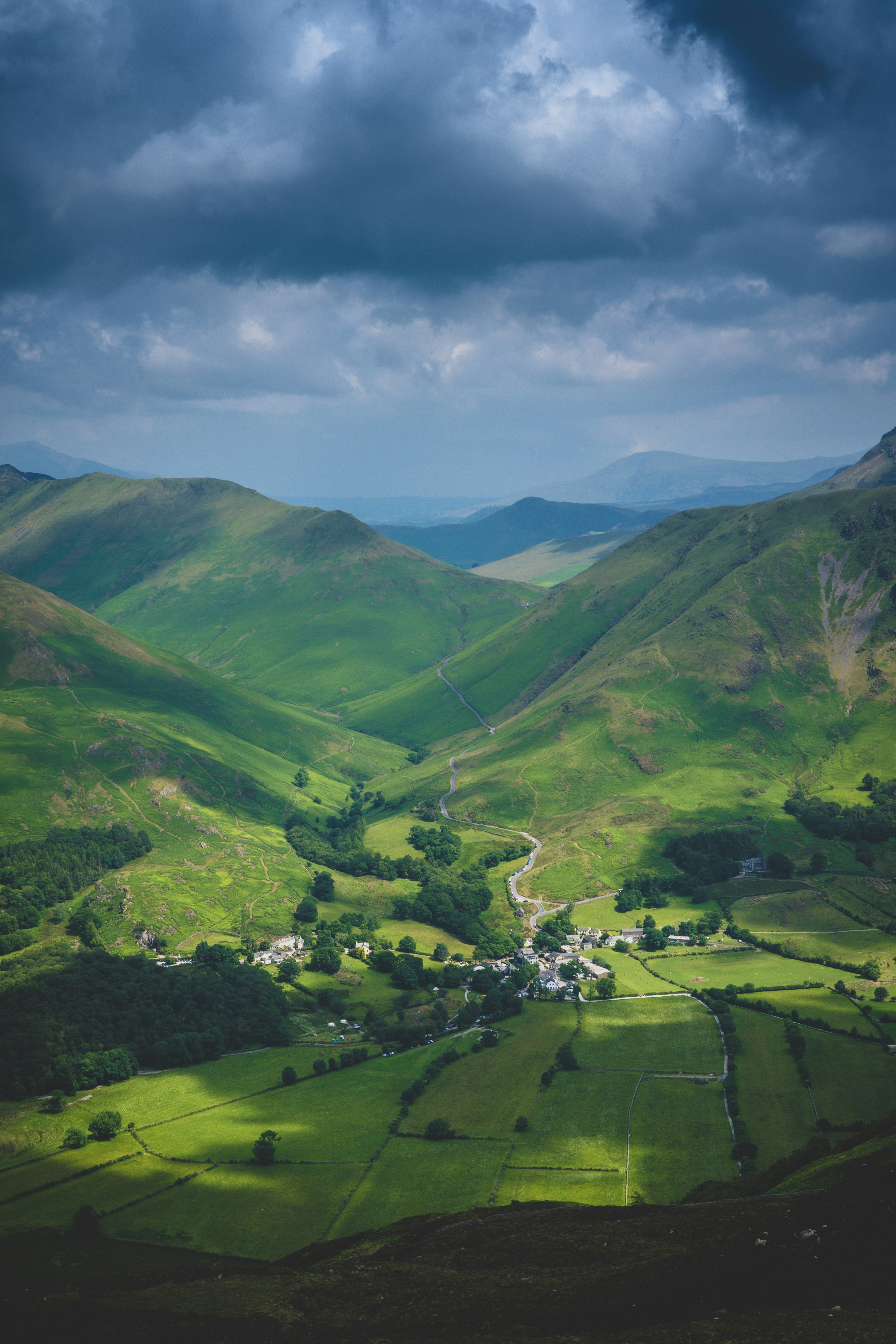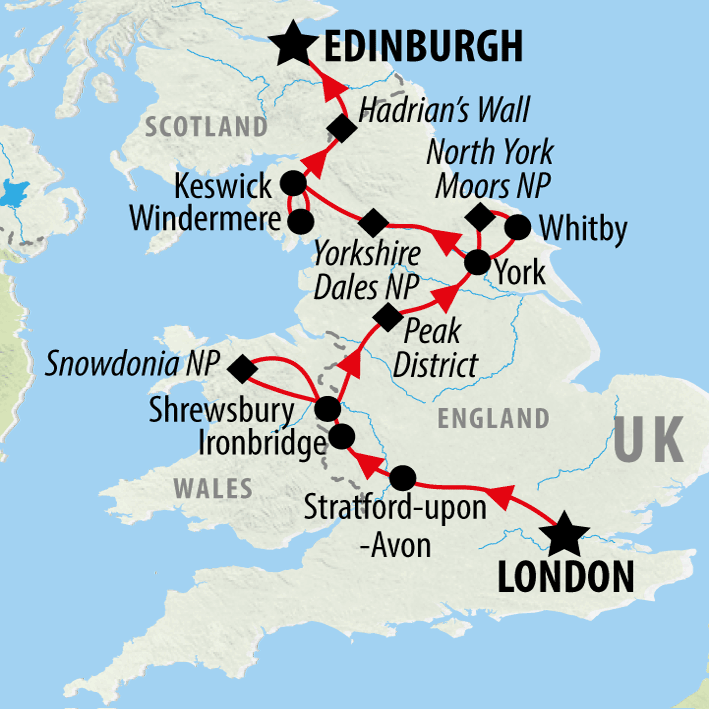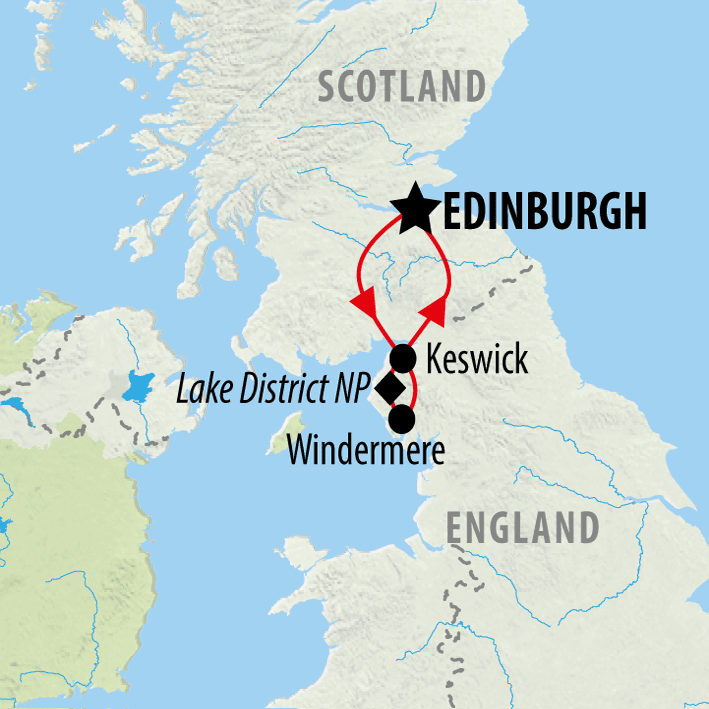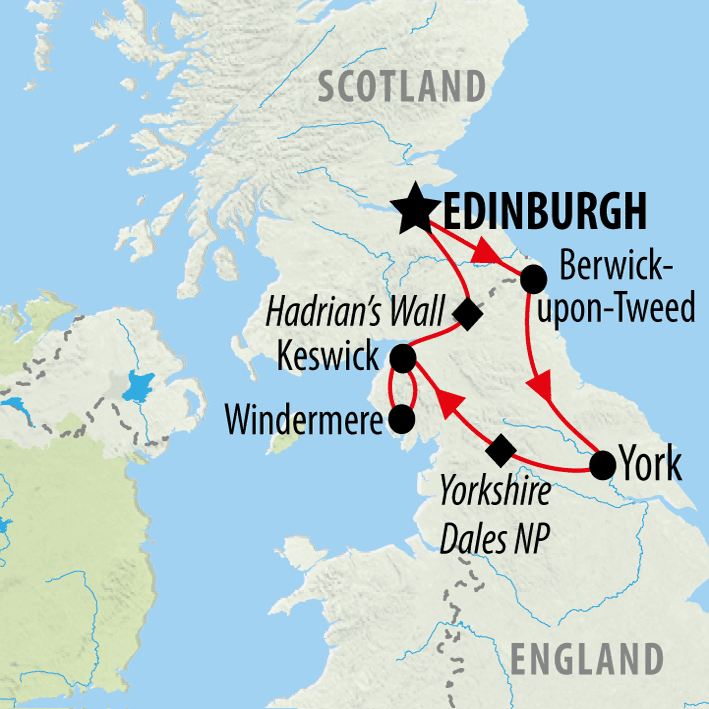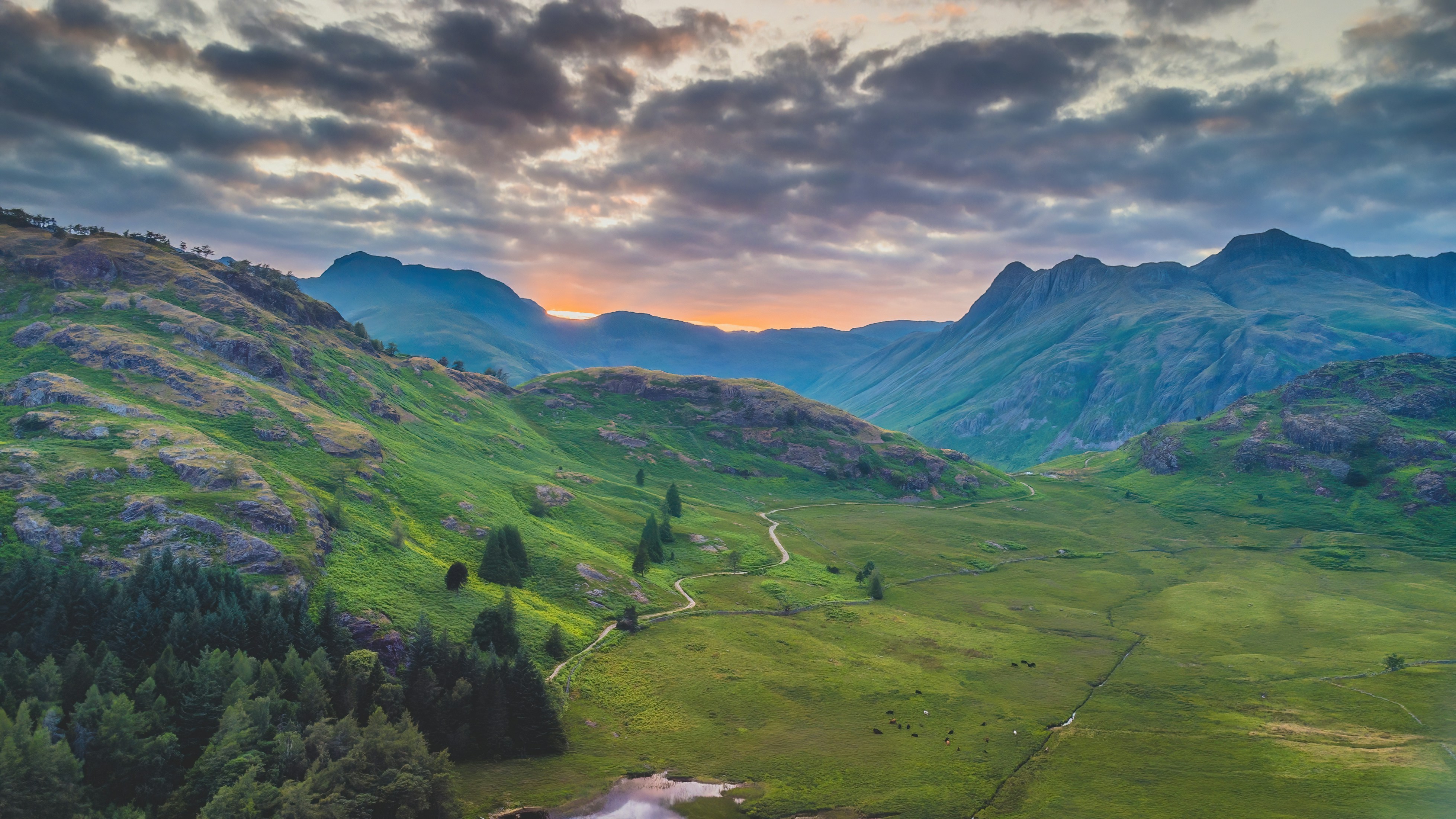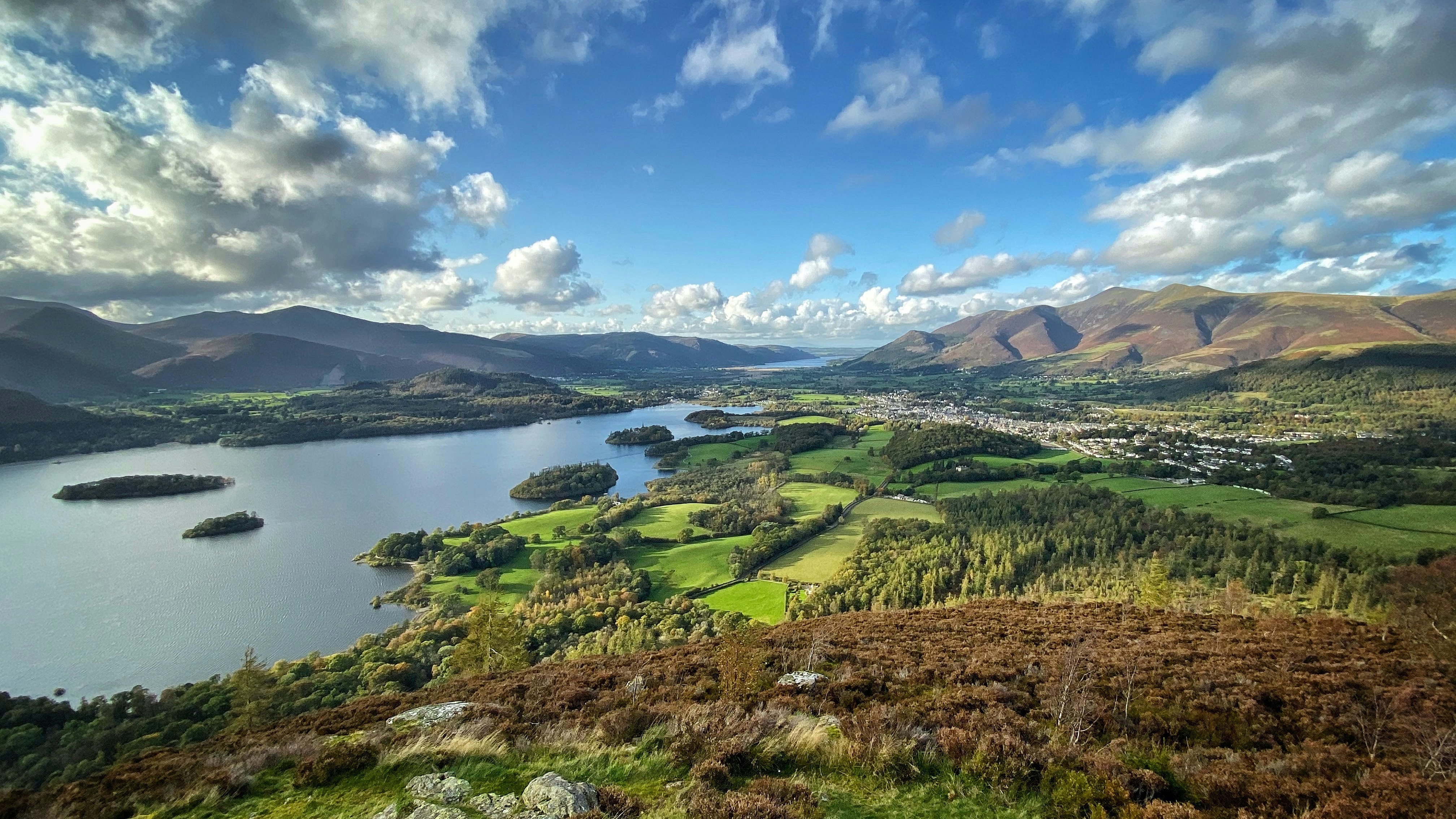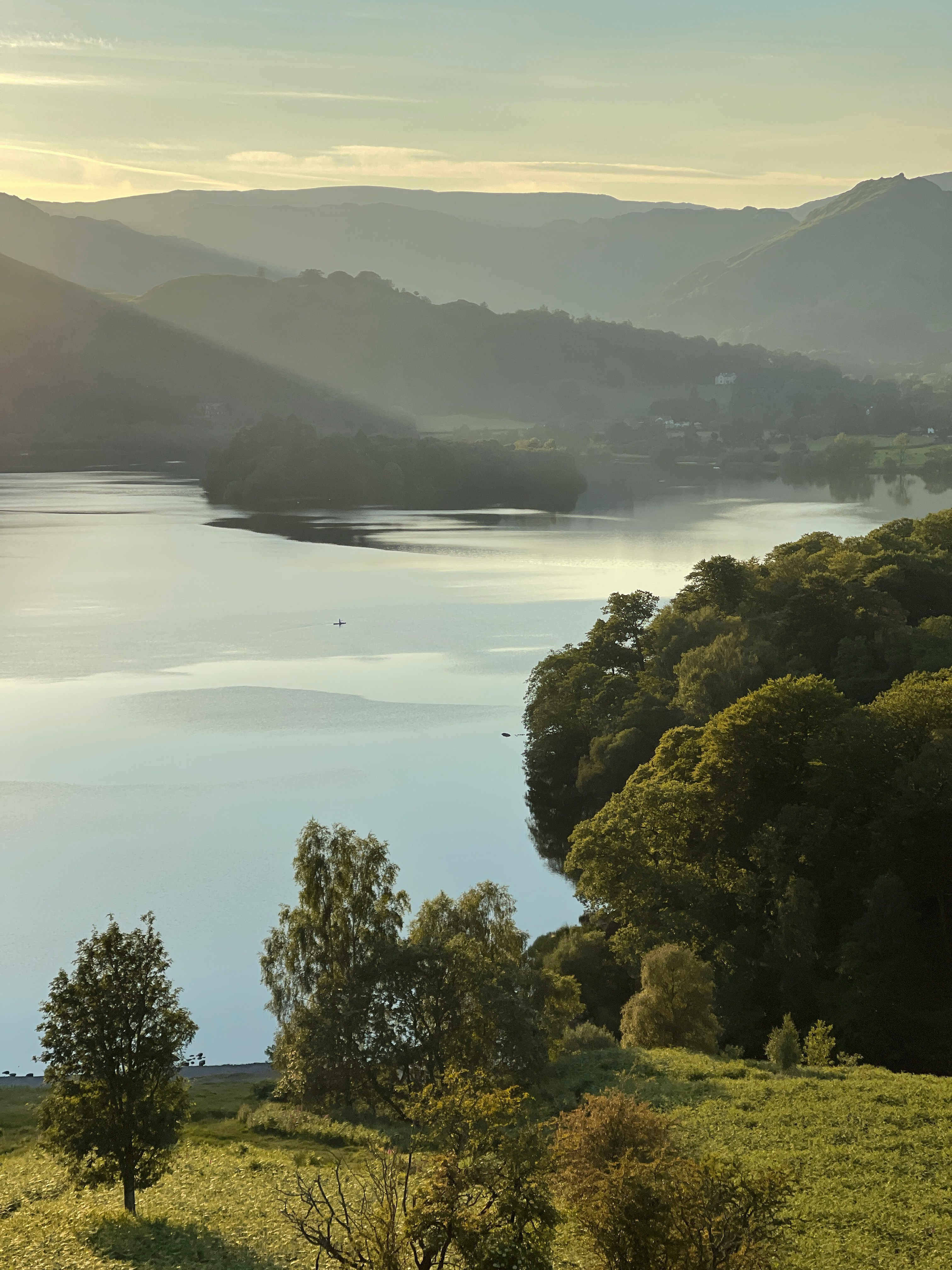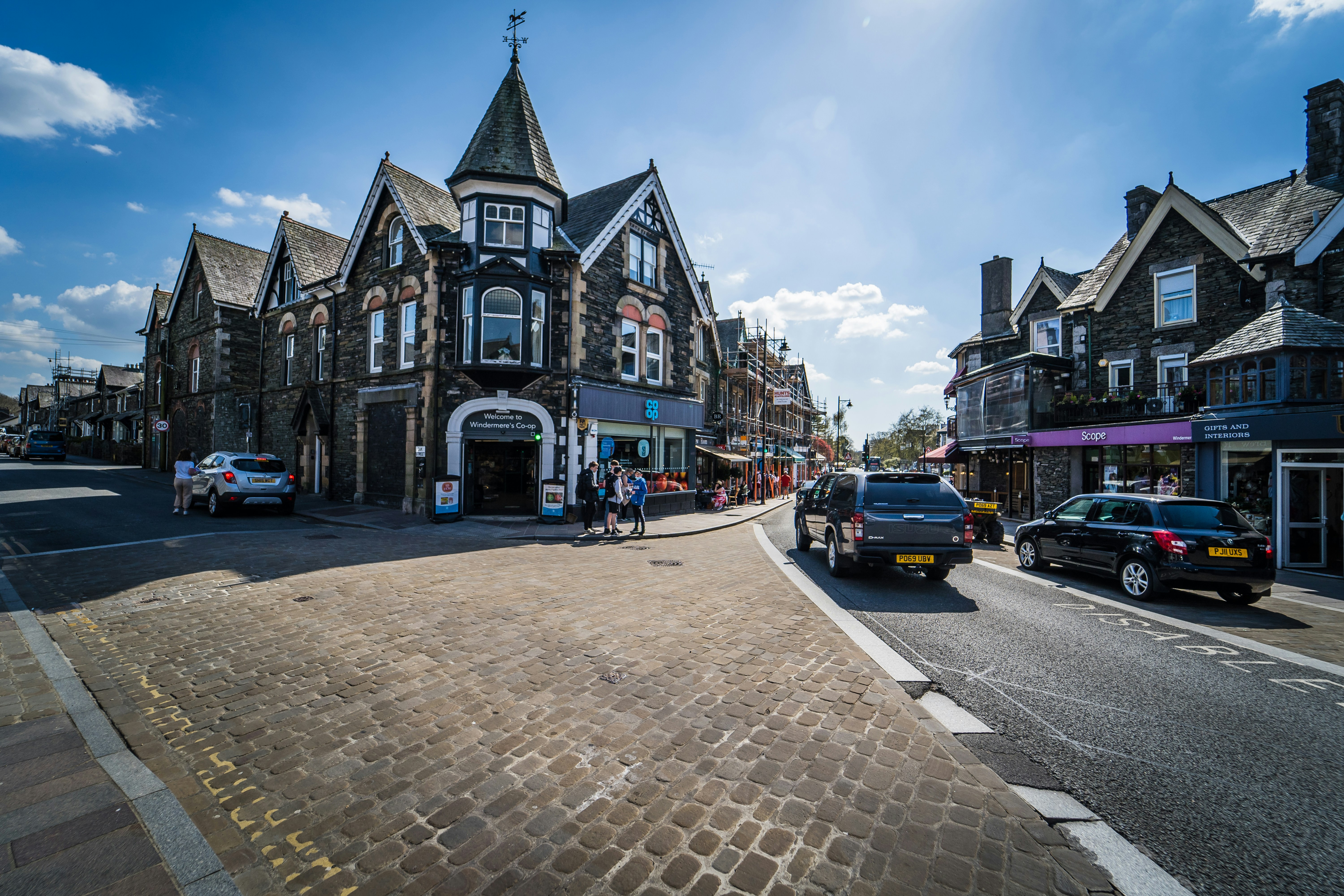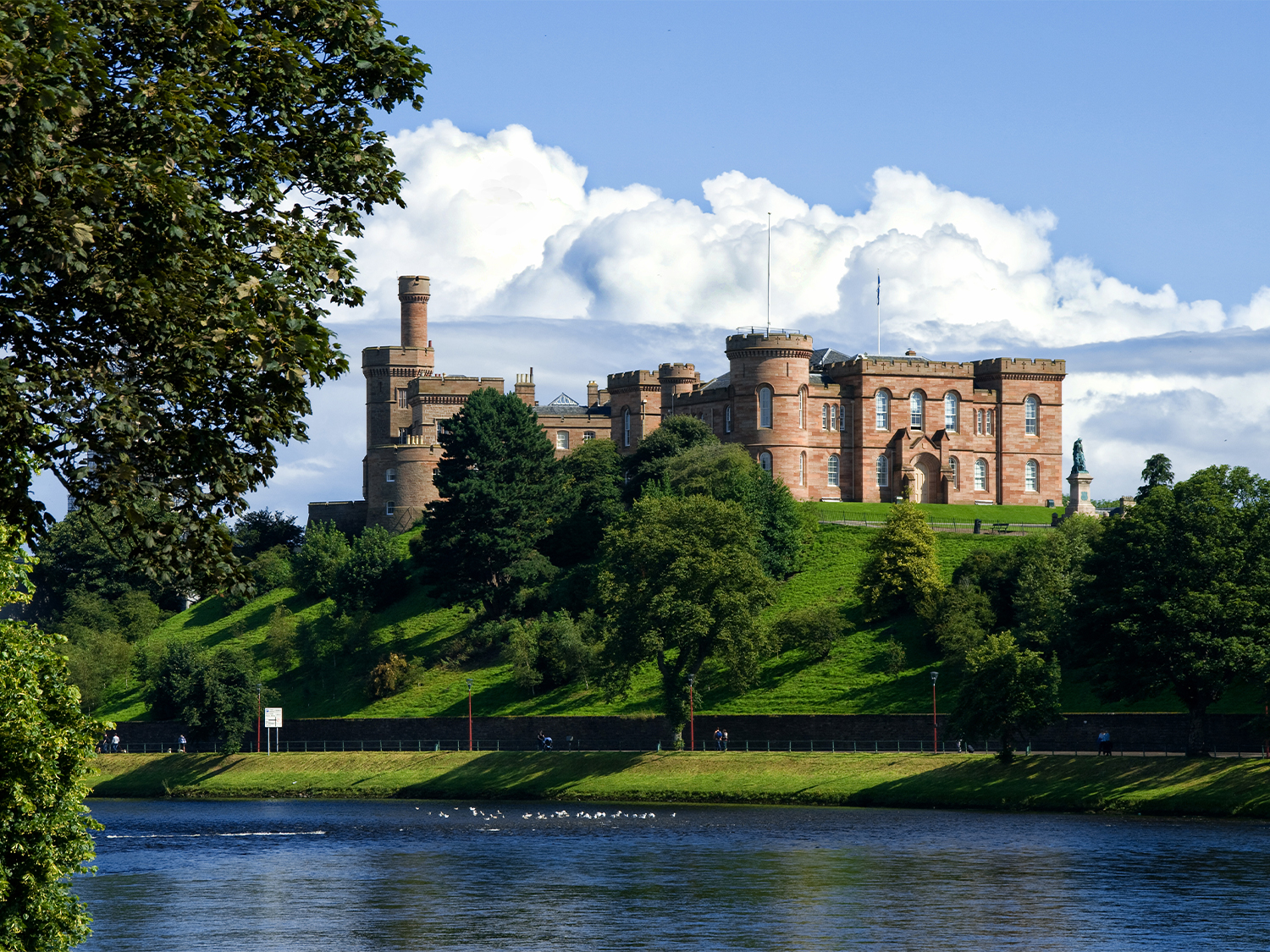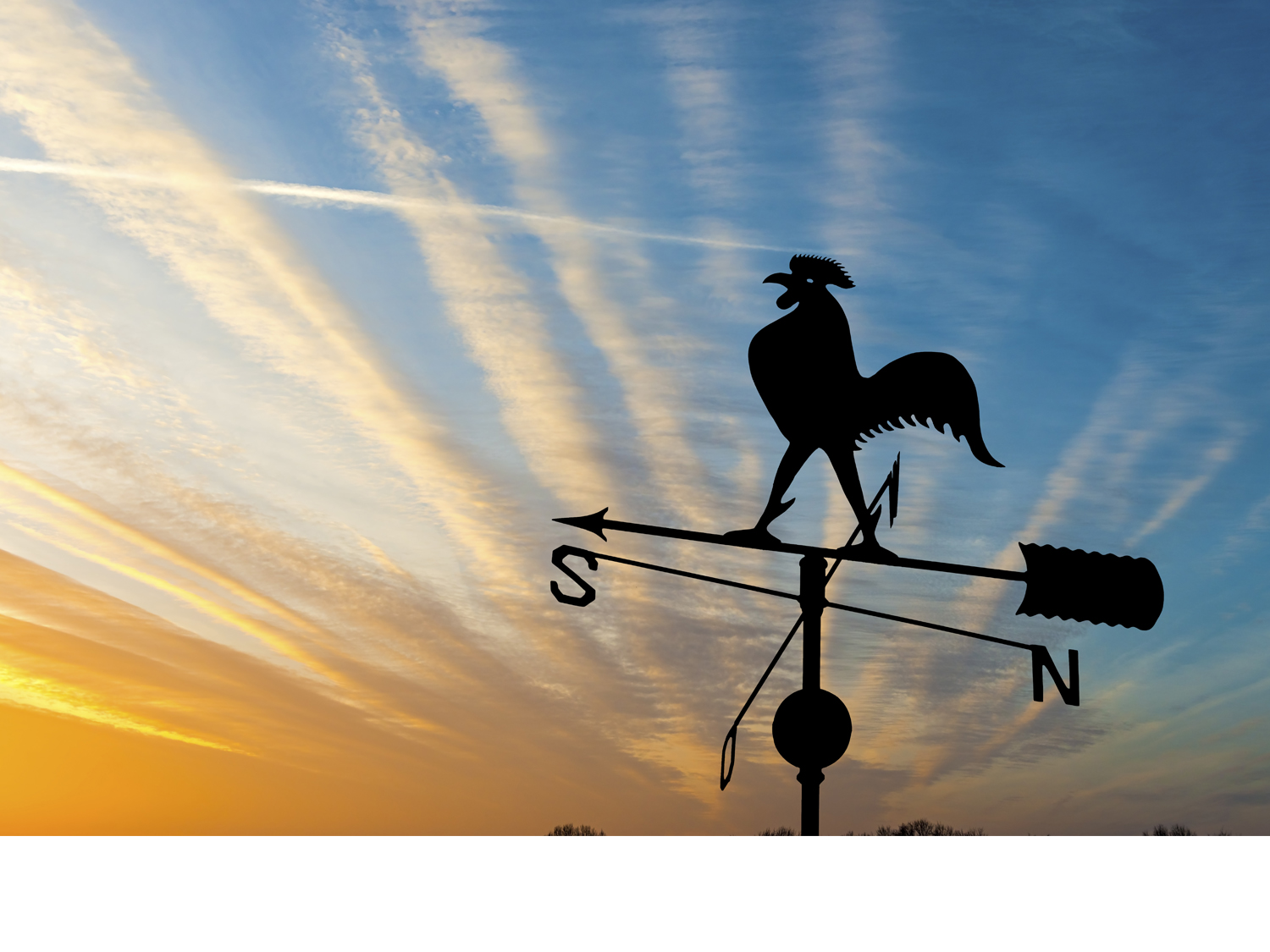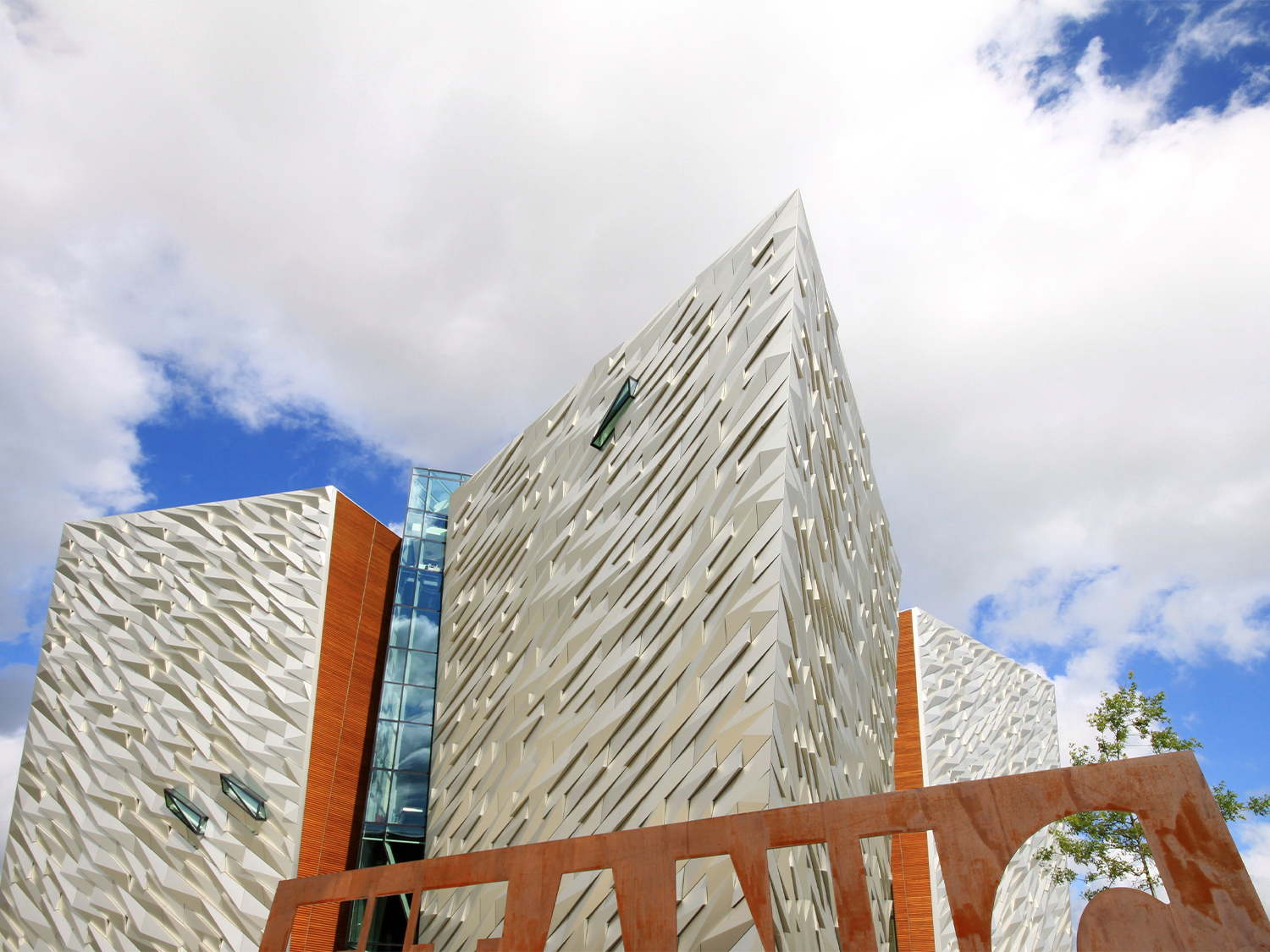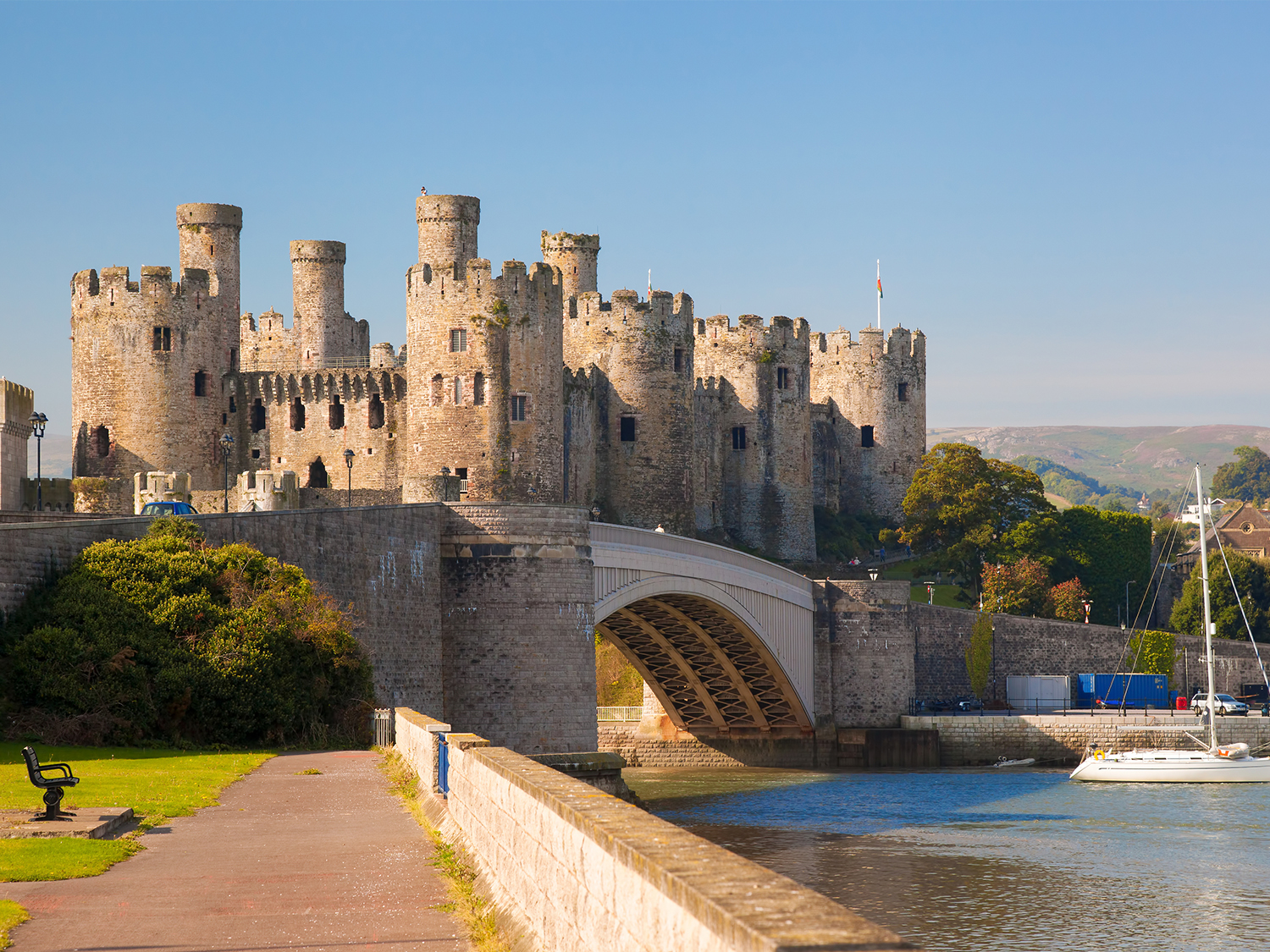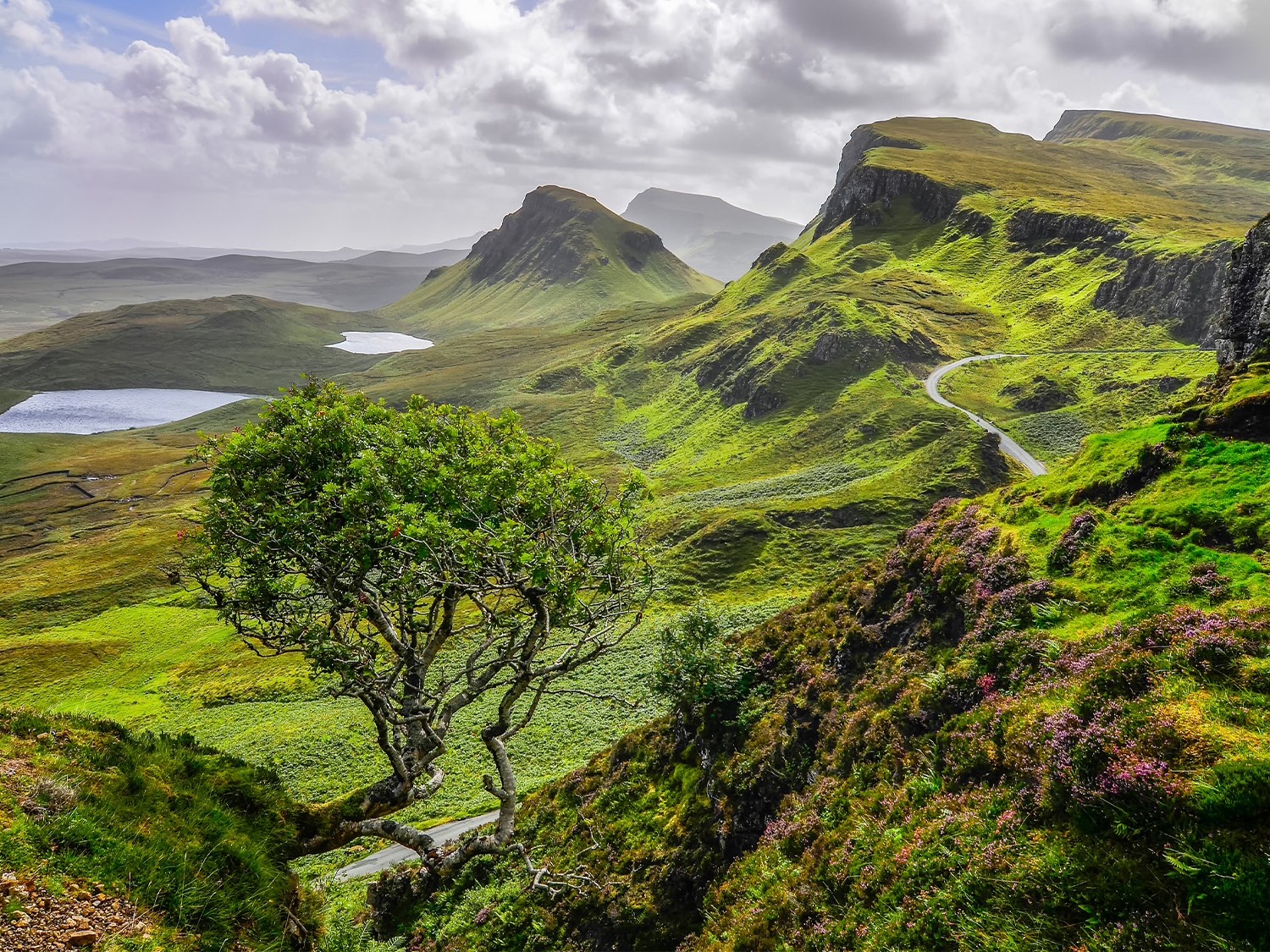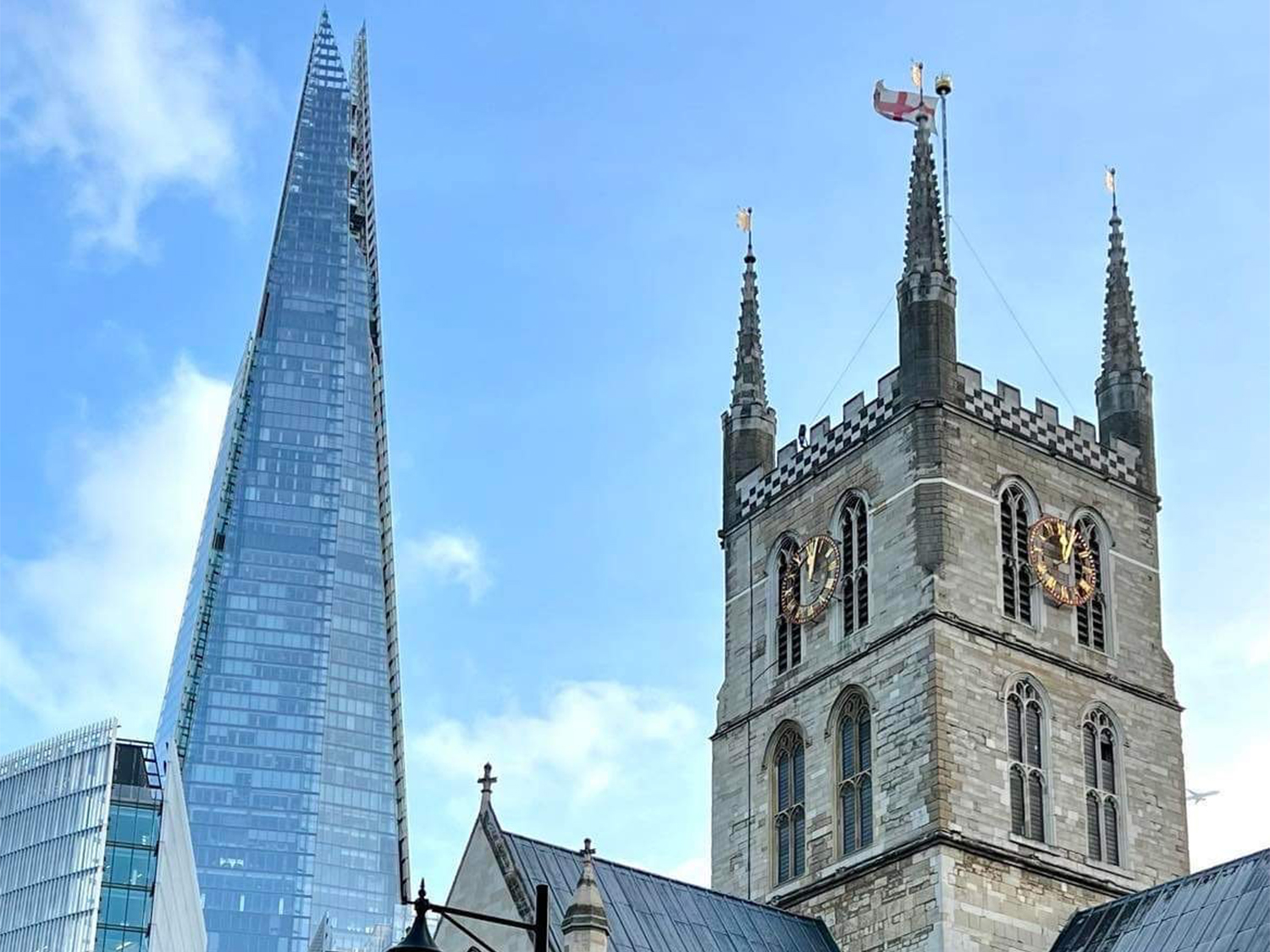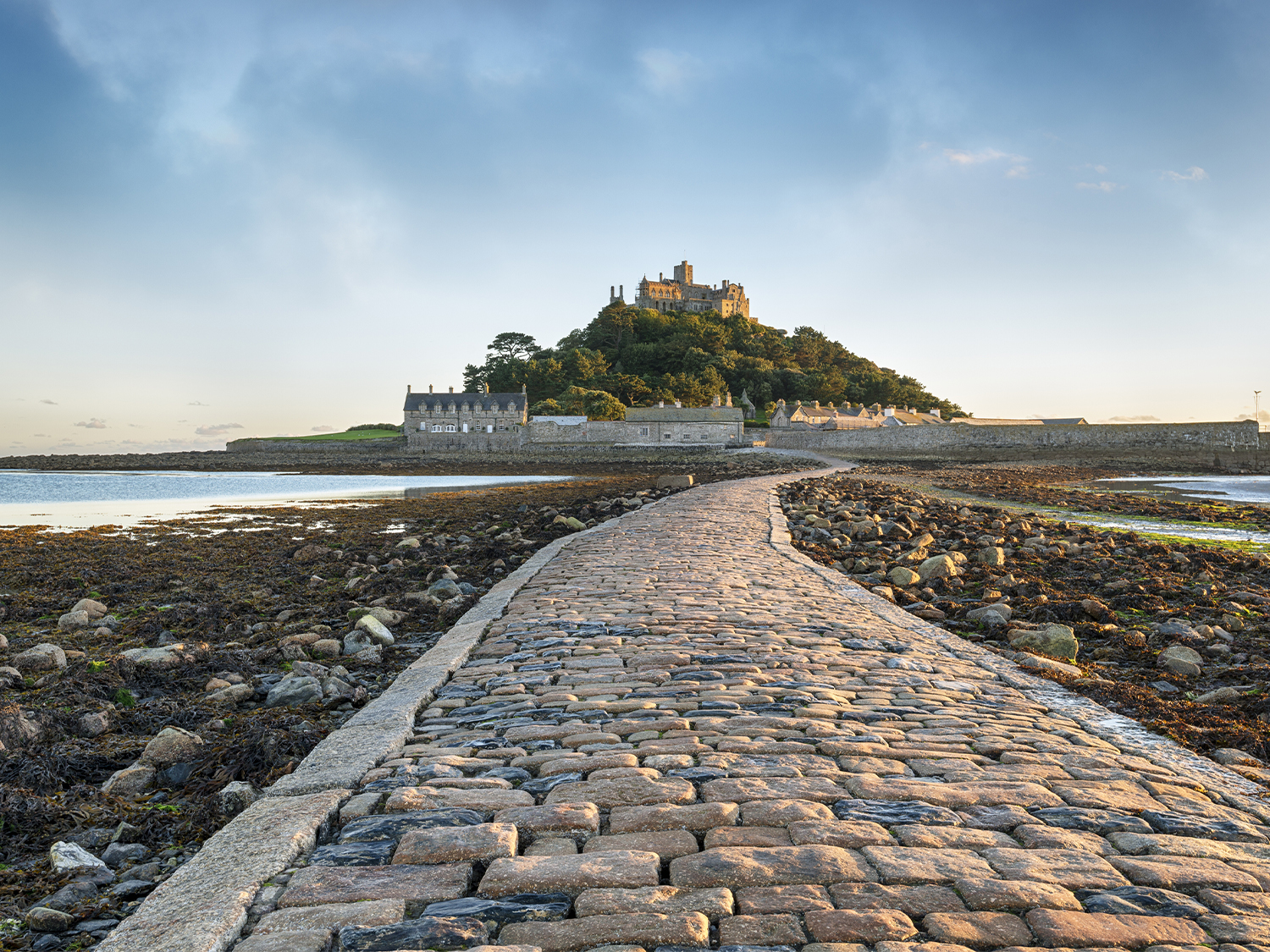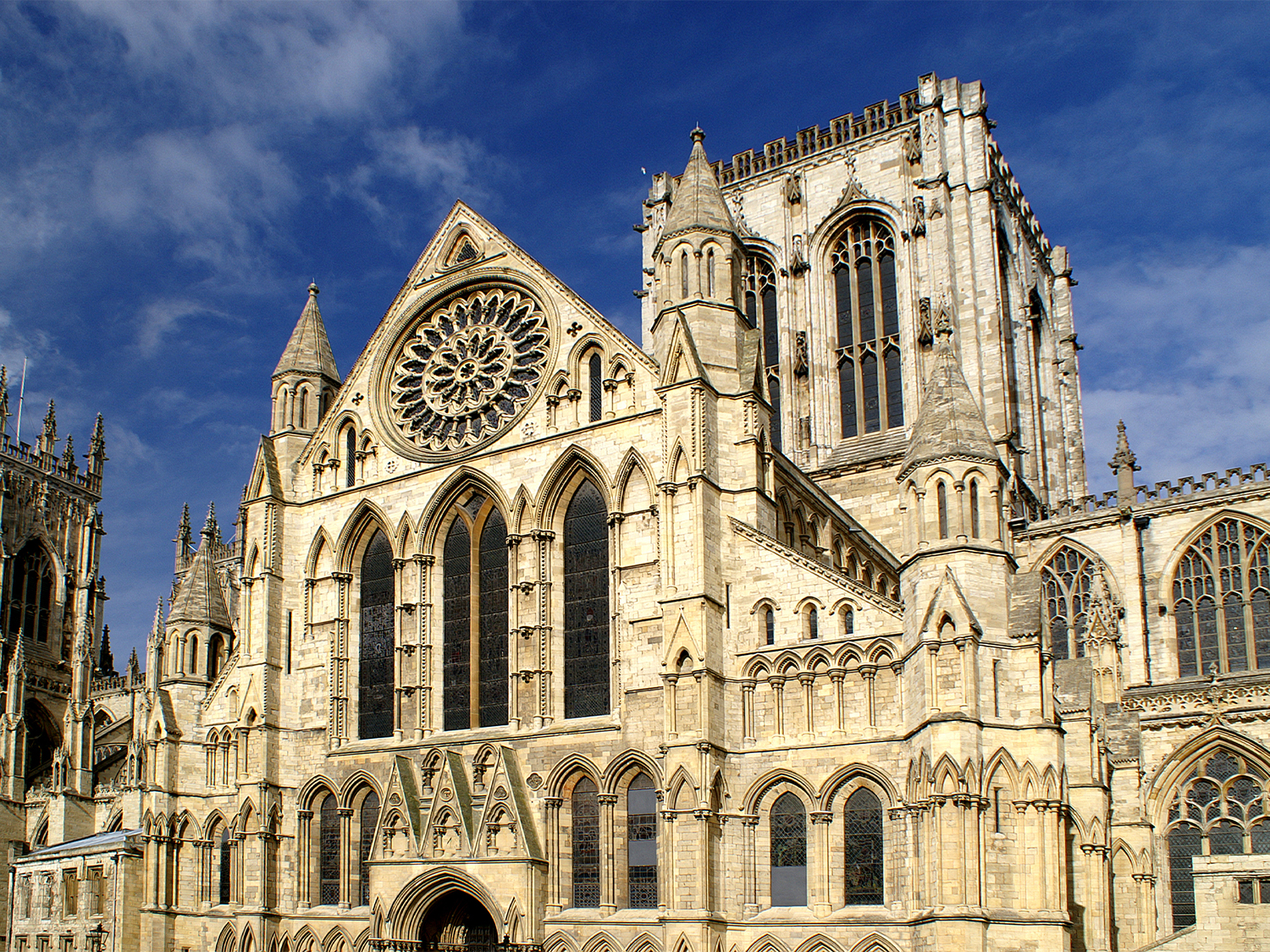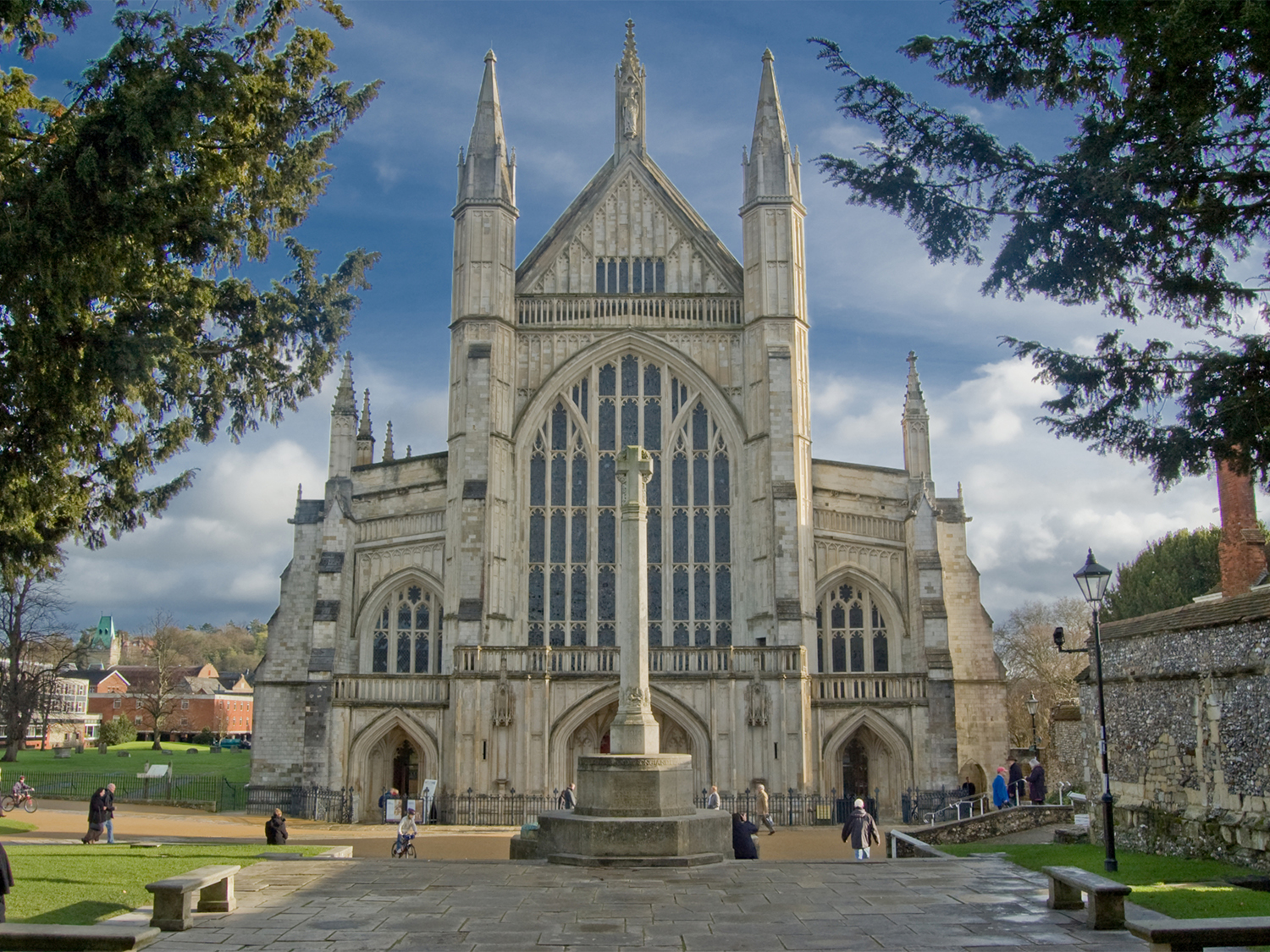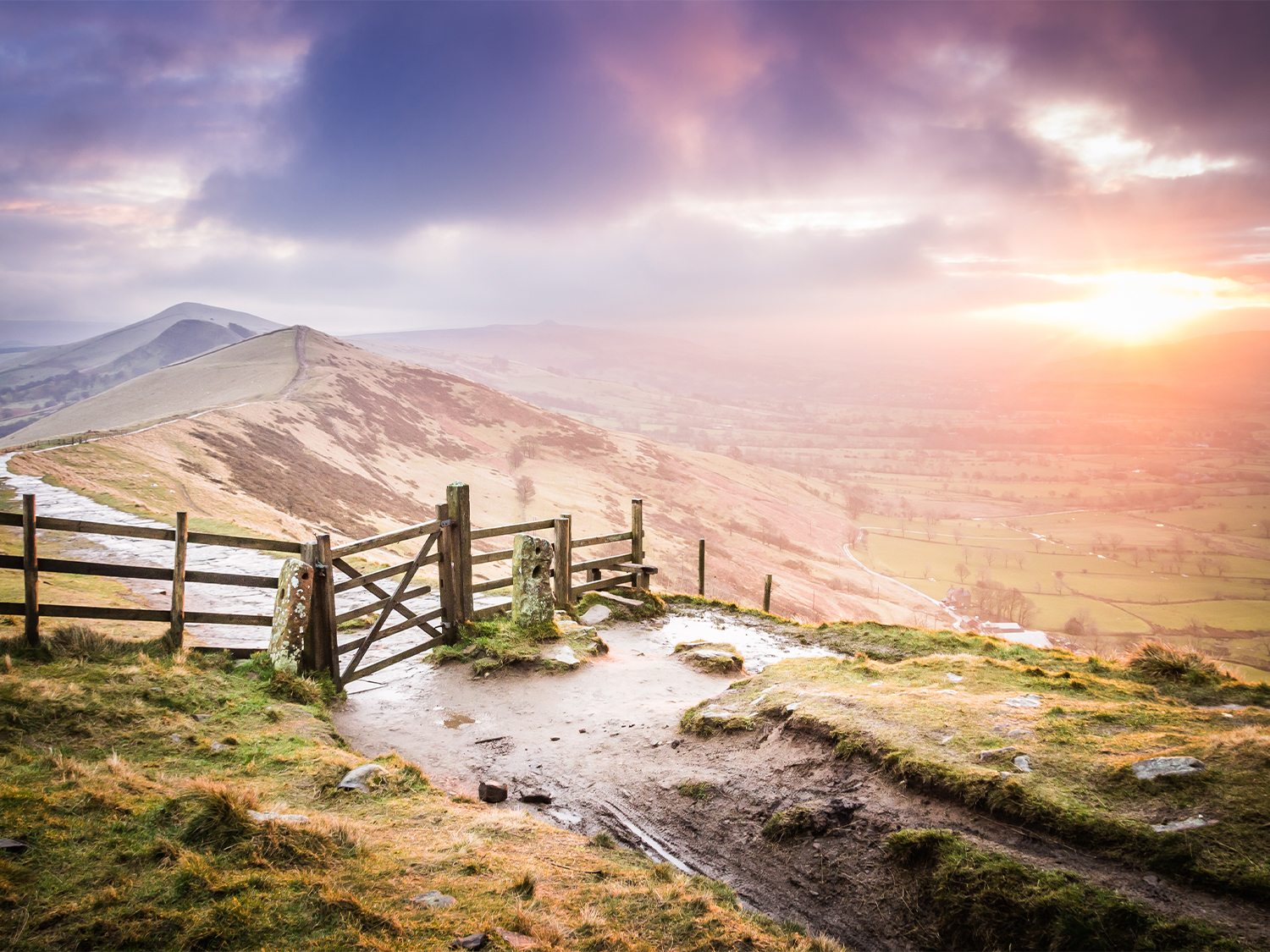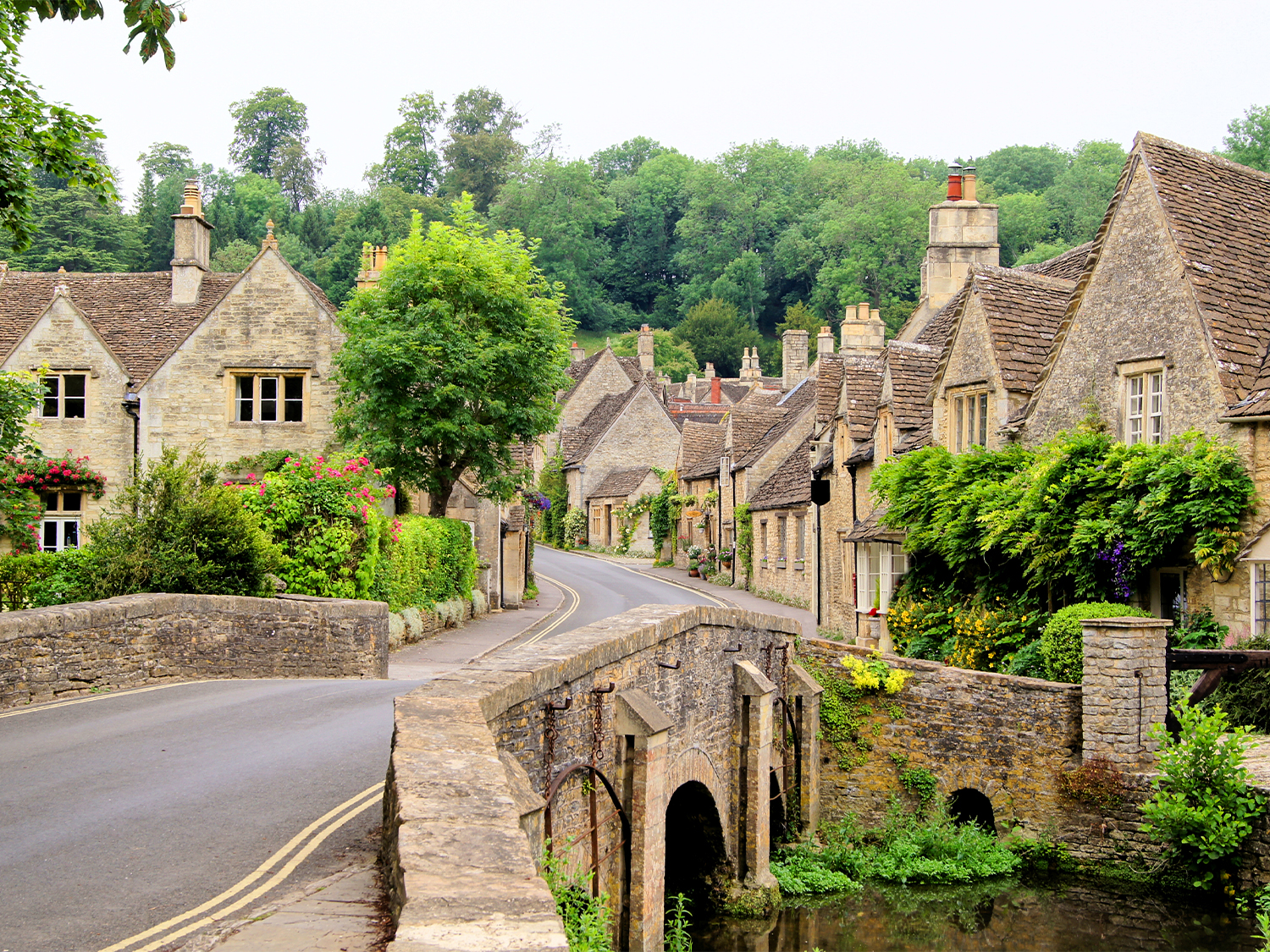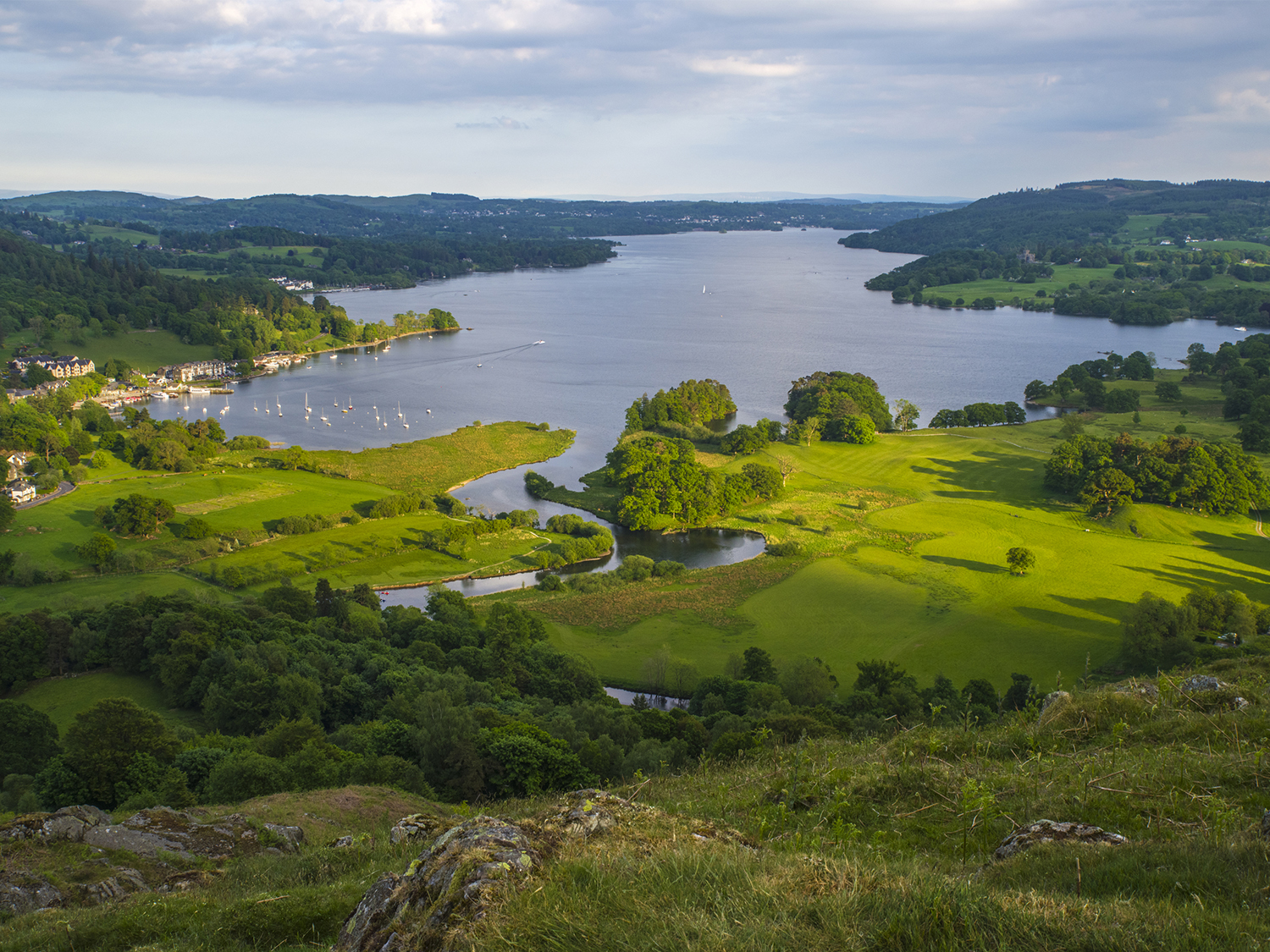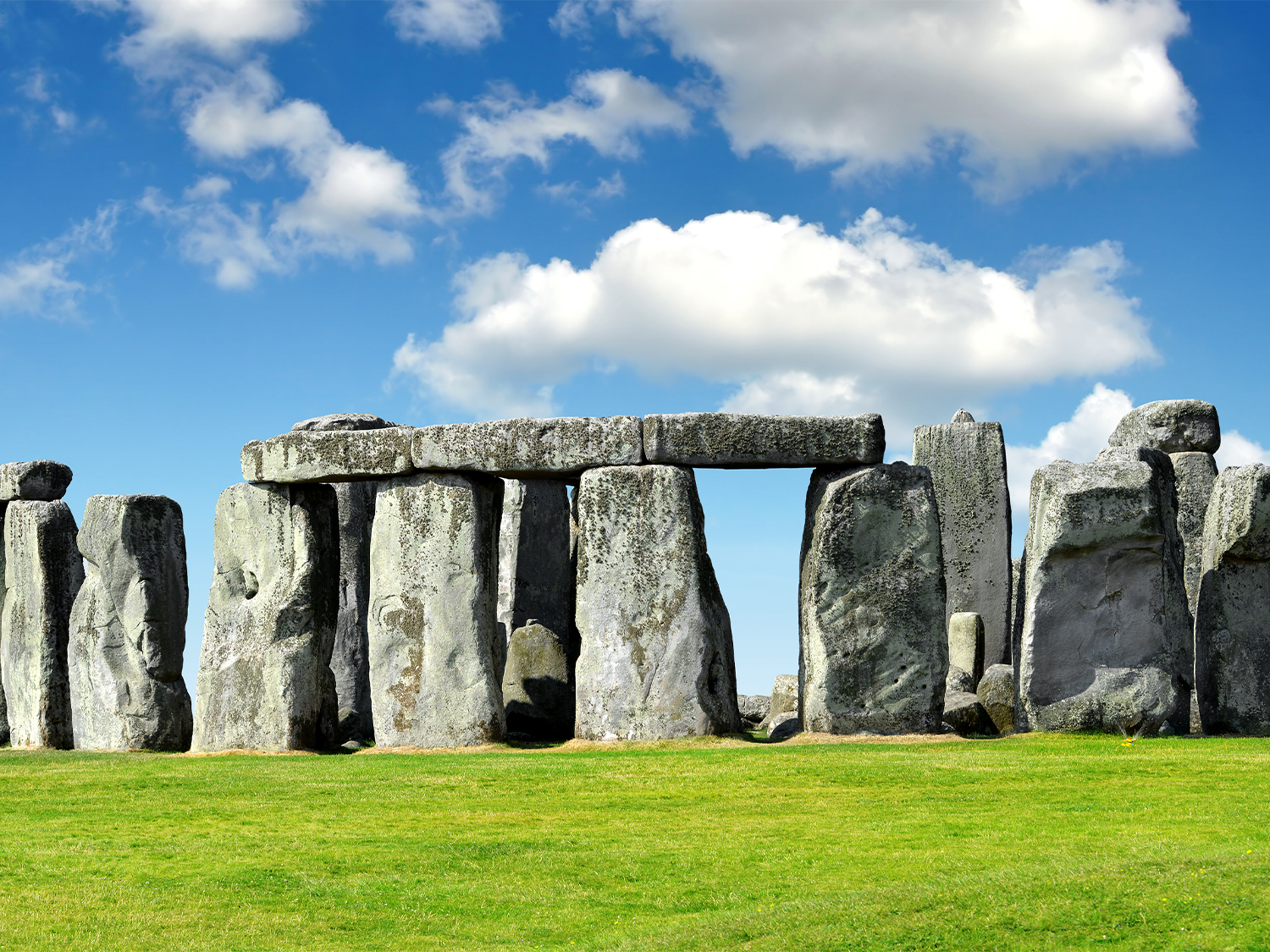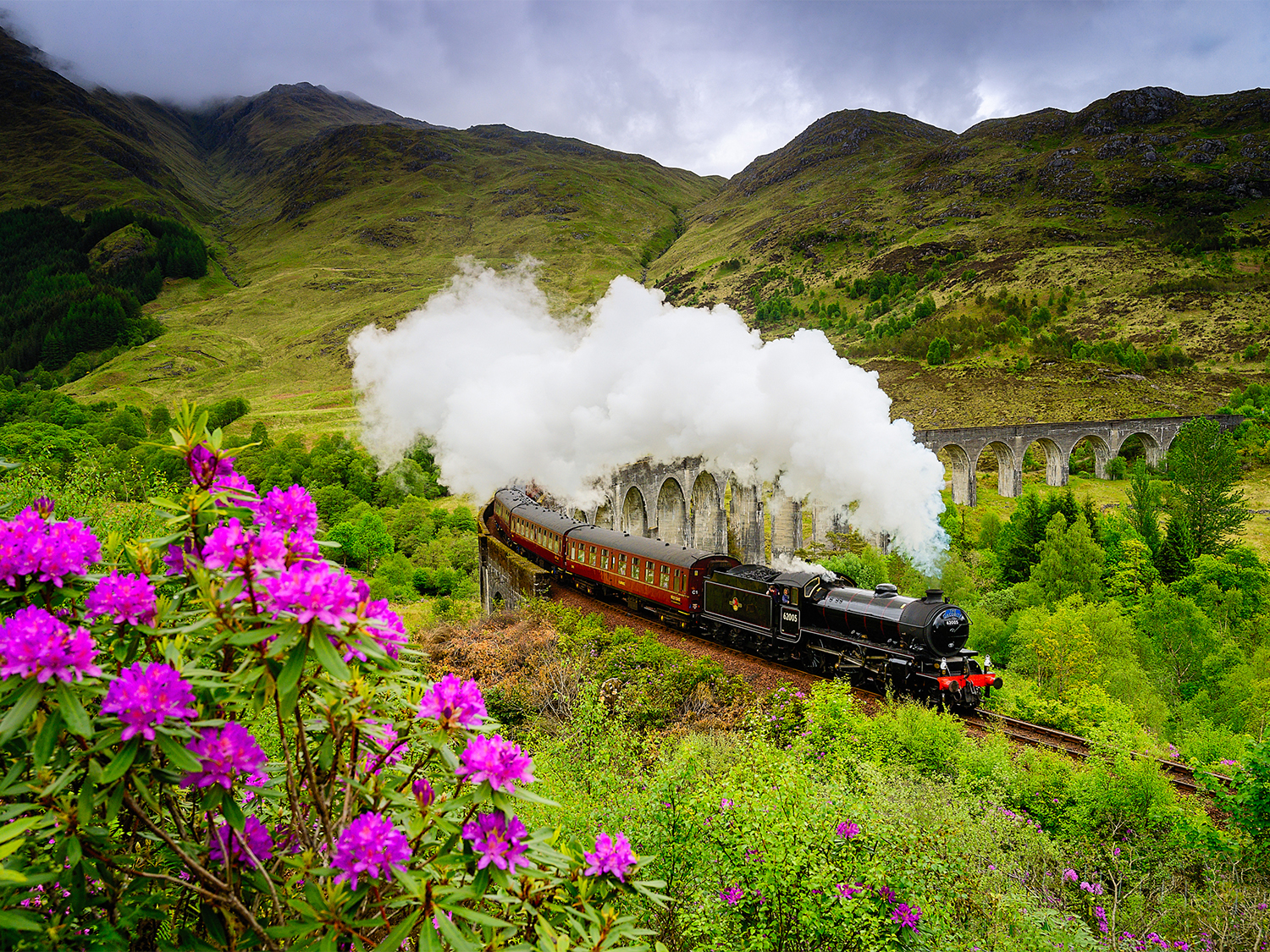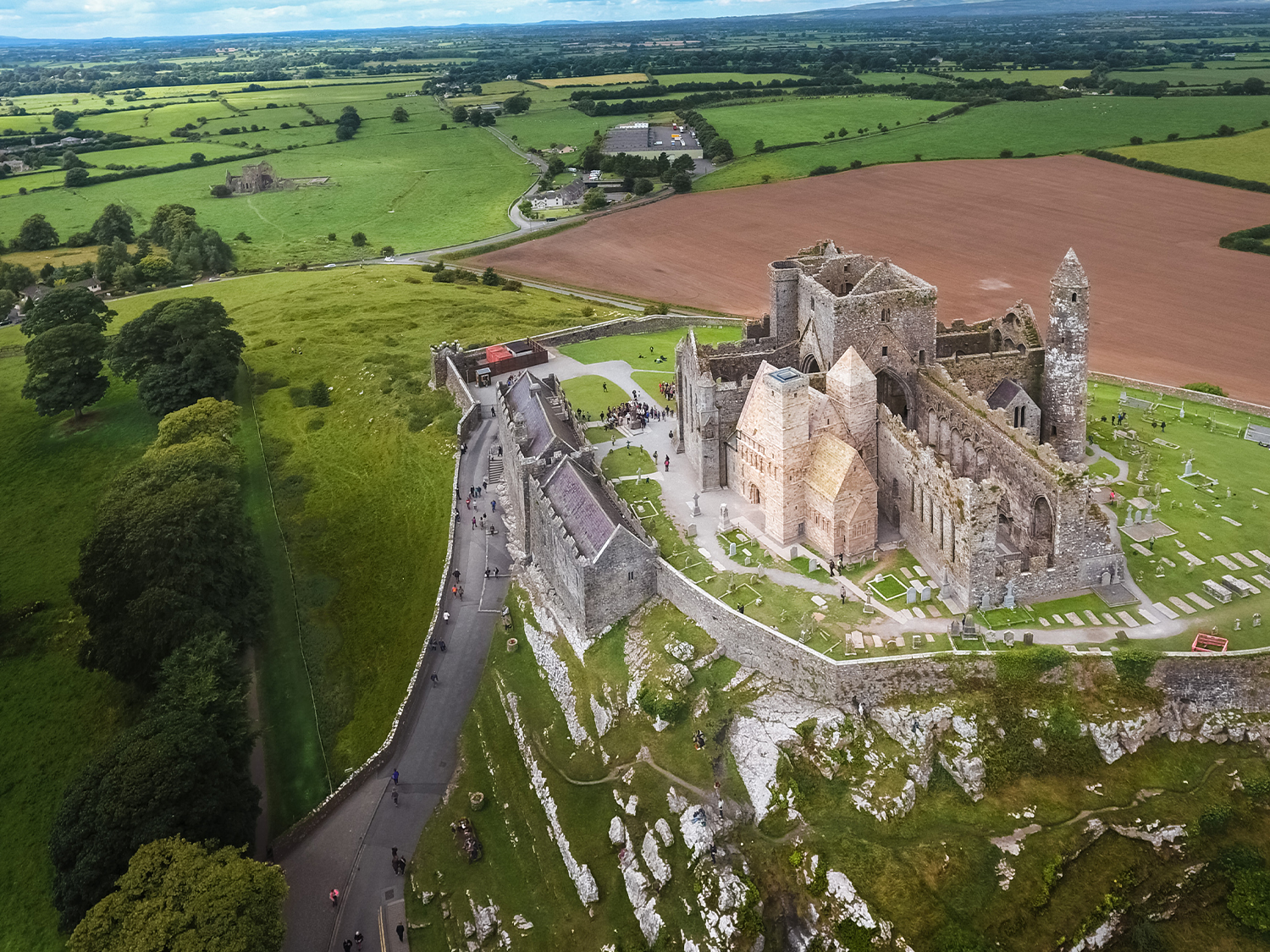Guided Tours to the Lake District, EnglandExplore the Tranquil Beauty of Lake District: Guided Tours Await
When do you want to go?
2024
I'm flexible
Passengers
Adults (18+)
Children (0 - 17)
Welcome to the Lakes
The Lake District, located in the northwest corner of England, is renowned for its stunning natural beauty, characterised by serene lakes, rugged mountains, and picturesque landscapes. It is a region that has inspired poets, artists, and nature enthusiasts for centuries, earning its place as one of the most beloved national parks in the United Kingdom.
Guided tours to the Lake District
From outdoor experiences to cultural insights, guided tours in the Lake District provide an engaging way to experience this lovely region. With insights into the local flora, animals, and geology, walking and hiking trips are conducted by professional guides and vary from easy strolls along the shoreline to strenuous hikes up summits like Scafell Pike and Helvellyn. Literary and historical trips explore the rich legacy of the area by going to locations associated with poets such as William Wordsworth and investigating prehistoric stone circles and mediaeval castles.
Aside from offering professional advice on capturing the beauty of the Lake District, scenic and photography trips offer unhurried methods to visit its best points. Adventure excursions provide thrilling adventures under the guidance of experienced guides for thrill-seekers, including rock climbing, kayaking, and mountain biking. Culinary and craft tours take guests to local farms, breweries, and artisanal crafts while introducing them to regional favourites like Cumberland sausage and Herdwick lamb.
The benefits of guided tours include expert knowledge, convenience in logistics, enhanced safety for outdoor activities, a sense of community among like-minded travelers, and accessibility for all ages and fitness levels.
Why do people visit the Lake District on a guided tour?
Visitors choose guided tours in the Lake District for their convenience, expert knowledge, and enriching experiences. Local guides offer insights into the region's history, culture, and natural beauty, enhancing the visit with fascinating stories and access to hidden gems. Tours provide safety, structured itineraries, and specialized themes, ensuring a comprehensive exploration of key highlights without the hassle of planning. They also promote sustainable tourism and offer social opportunities, making the experience educational, enjoyable, and environmentally conscious. Whether for photography, literary history, or simply the stunning scenery, guided tours offer a well-rounded way to explore the Lake District.
What makes the Lake District such a special place to visit?
Natural Beauty
The sixteen glacial lakes that make up the Lake District's core each have their own distinct charm and personality. The largest lake in England, Windermere, is nearly ten miles long and provides chances for kayaking, sailing, and relaxing excursions. Derwentwater offers a peaceful environment for walking and boating because of the adjacent fells and wooded coastlines.
Flora and Fauna
Because of its varied ecosystems, the Lake District is home to a wide variety of plant and animal species. Lower slopes are covered in woodlands with oak, birch, and ash trees, while higher elevations are dominated by heathlands and grasslands. The fells are covered with a vivid tapestry of bluebells, foxgloves, and buttercups that bloom in the spring and summer, juxtaposed against the verdant hillsides. Roe deer, red squirrels, and even elusive birds like golden eagles and peregrine falcons soar over the rugged peaks, attracting the attention of wildlife aficionados.
Geological Features
The Lake District's towering mountains and deep valleys, sculpted by glaciers during the last Ice Age, are testaments to the region's geological past. Classic glacial features may be seen in the U-shaped valleys of Borrowdale and Langdale, and the region's geological diversity is on display in the striking rock formations of sites like Bowfell and the Pikes of Great Langdale. These formations, which record millions of years of Earth's history, pique the interest of both geologists and nature enthusiasts.
Waterfalls and Rivers
The Lake District is known for its lakes, but it also has a lot of beautiful rivers and waterfalls. Near Ullswater, Aira Force offers a peaceful place to reflect as it plunges spectacularly down a set of rock stairs amid old woods. The valleys are carved out by the River Derwent and its tributaries, which offer beautiful treks, places to fish, and places to have picnics.
Mountains and Fells
Travellers from all over the world come to the Lake District to walk and climb its magnificent mountains and fells. At 3,209 feet (3,978 metres), Scafell Pike is the tallest peak in England. Climbers can choose from difficult paths to the top, which rewards them with breath-taking views of the surrounding area. Helvellyn, Catbells, and Skiddaw are a few other noteworthy fells that provide varying views of the valleys and lakes below.
Towns in the Lake District
The Lake District's charming towns and villages, each with their own special charms, historical significance, and regional flavour, are a major component of its allure. A closer look at a few of the more prominent ones is given below:
Ambleside
Located near the northern end of Lake Windermere, Ambleside is a busy centre for tourists visiting the Lake District. It's the perfect base because it provides a variety of lodging options, dining options, and retail establishments. One of its most famous landmarks is the Bridge House, one of the most photographed buildings in the Lake District. It is a small, 17th-century building perched over Stock Ghyll. Not far from the town centre, the 70-foot Stock Ghyll Force waterfall offers a stunning natural attraction that can be reached on foot. In addition, the Armitt Museum and Library provides cultural insights through its displays of local literature, art, and history.
Keswick
Keswick, a bustling market town known for its outdoor pursuits and cultural events, lies close to Derwentwater. With Derwentwater as its breathtaking backdrop, the Theatre by the Lake presents a variety of shows all year long. While the Castlerigg Stone Circle, a historic landmark dating back to roughly 3000 BC, offers tourists a magical allure and panoramic views of the surrounding fells, the Keswick Museum and Art Gallery highlights local history, geology, and art.
Grasmere
Grasmere is perhaps best known for its association with William Wordsworth, who described it as “the loveliest spot that man hath ever found.” The village features Dove Cottage, Wordsworth's former home, which is now a museum dedicated to his life and works. Visitors can also explore St. Oswald’s Church, where Wordsworth and his family are buried, adding a historical and literary dimension to the area. Additionally, the Grasmere Gingerbread Shop, famous for its unique and delicious gingerbread, is a must-visit for anyone exploring the village.
Windermere and Bowness-on-Windermere
Windermere and Bowness-on-Windermere, twin towns along the shores of Lake Windermere, serve as popular starting points for lake cruises and water activities. The World of Beatrix Potter Attraction brings the beloved author’s stories to life, enchanting visitors of all ages. Holehird Gardens, a beautiful 10-acre garden maintained by volunteers, showcases a variety of plants and stunning lake views. The Windermere Jetty Museum, dedicated to the region’s boating history, features a collection of historic vessels, adding a nautical touch to the area's cultural offerings.
Frequently asked questions
What is the best time of year to visit the Lake District?
Although the Lake District is stunning all year round, spring (March to May) and summer (June to August) are the busiest seasons for tourists because of the cooler temperatures and verdant surroundings. Winter (December to February) gives a calmer, more subdued mood, frequently with snow-capped peaks, while autumn (September to November) delivers breathtaking foliage.
What are the best villages to stay in within the Lake District?
Popular villages and towns for accommodation include Ambleside, Keswick, Windermere, Grasmere, and Hawkshead. Each offers a range of lodging options, from luxury hotels and cozy B&Bs to self-catering cottages and campsites, along with easy access to local attractions and activities.
What kind of wildlife can I expect to see in the Lake District?
The Lake District is home to a variety of wildlife, including red squirrels, otters, deer, and a diverse range of bird species such as ospreys, peregrine falcons, and golden eagles. The region’s varied habitats, from lakes and rivers to forests and fells, provide excellent opportunities for wildlife watching.
What are some of the Lake District’s best-kept secrets or hidden gems?
While the Lake District is famous for its popular spots, there are many hidden gems worth exploring. These include lesser-known valleys like Ennerdale and Eskdale, the remote beauty of Buttermere, the peaceful Tarn Hows, and the charming village of Cartmel with its historic priory and famous sticky toffee pudding.
Are there any festivals or events in the Lake District?
The Lake District hosts a variety of festivals and events throughout the year, including the Keswick Mountain Festival, Kendal Calling music festival, and the Grasmere Sports and Show. Literary events such as the Words by the Water festival celebrate the area’s literary heritage, while agricultural shows highlight local farming traditions.
Are there any historical sites to visit in the Lake District?
The Lake District is rich in historical sites. Key locations include Dove Cottage in Grasmere, where William Wordsworth lived; Hill Top in Near Sawrey, the home of Beatrix Potter; and the Castlerigg Stone Circle, an ancient Neolithic monument. Additionally, the ruins of Kendal Castle and the Roman fort at Hardknott Pass offer glimpses into the region’s past.
Are there any famous residents associated with the Lake District?
The Lake District has been home to many famous residents, including the poet William Wordsworth, who lived in Grasmere and Rydal Mount. Children's author Beatrix Potter lived in Near Sawrey and was inspired by the local landscapes and wildlife. John Ruskin, a prominent art critic and social thinker, lived at Brantwood near Coniston. These figures have left a lasting legacy in the area, attracting visitors from around the world.
United Kingdom guides
Start planning your trip to the UK with our helpful travel guide articles. Including the best time and places to visit and top tips including detail about currency, food, plug sockets and Wi-Fi!
Highlights of England
From the glittering capital of London to the historic market villages of the Cotswolds, ancient Stonehenge and the rolling hills of the Peak District, these are the highlights of our England trips.
Our customers say
Excellent
4.4 out of 5 based on 275 reviews
